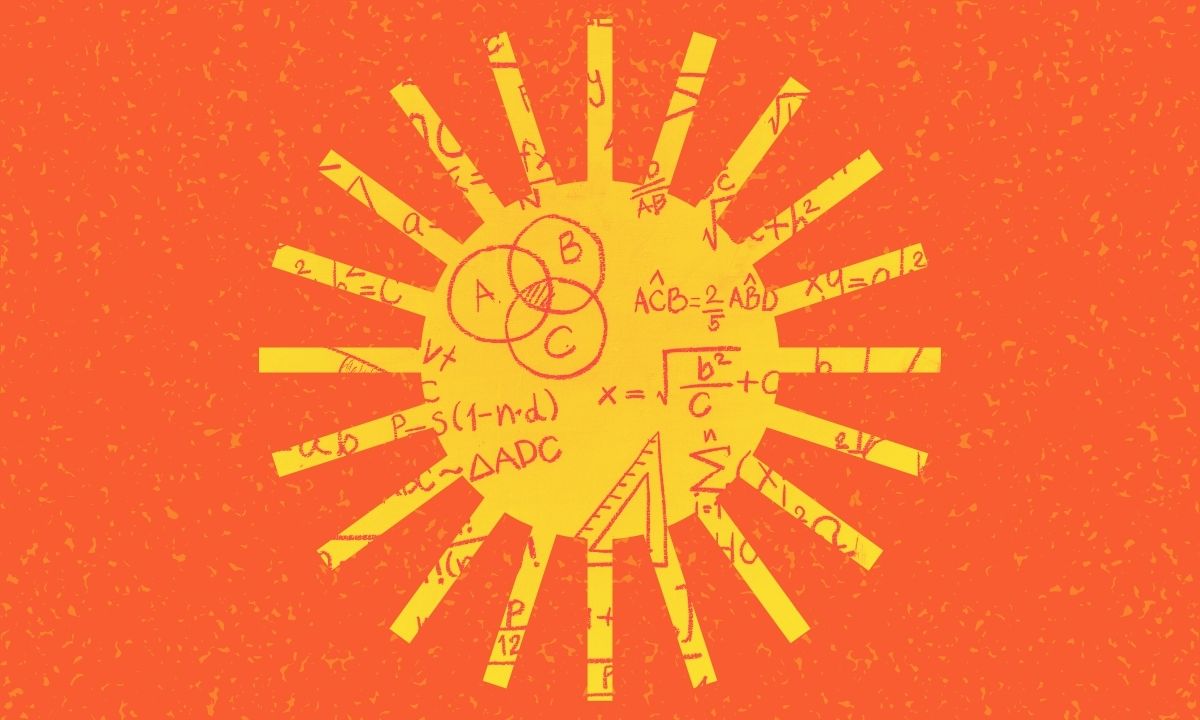‘Summer Boost’ Shows Promise in Halting COVID Slide
Research examining thousands of students in eight cities suggests that ‘balanced’ summer program of academics, enrichment gets results.

Get stories like these delivered straight to your inbox. Sign up for The 74 Newsletter
Correction appended June 11
A philanthropic initiative launched in 2022 to get students back on track from COVID learning loss is returning promising results, a new study suggests: just four weeks spent in the Summer Boost program last year helped students regain nearly one-fourth of their reading skills and one-third of math skills, compared to students who didn’t participate in the program.
The initiative, underwritten by Bloomberg Philanthropies and other funders, serves charter school students about to enter grades 1 through 9.
Researchers at Arizona State University examined over 35,000 Summer Boost students in eight cities, finding that in just 22 days of programming, on average, students saw about three to four weeks of reading progress and about four to five weeks in math. In reading, that works out to making up about 22% of COVID learning losses; in math, it’s about 31%.
While students across all demographic groups got a boost, English Language Learners saw the strongest growth, achieving about seven to eight weeks worth of learning in just over four weeks. Researchers said students moving into grades 4-8 saw particularly accelerated growth.
The fact that these outcomes are seen pretty consistently across thousands of kids and multiple cities, I think that lends even more power to these results.
Geoffrey Borman, Arizona State University
Students took part in the study in Baltimore, Birmingham, Indianapolis, Memphis, Nashville, New York City, San Antonio and Washington, D.C.
Schools participating in Summer Boost are free to use either a provided curriculum or a high-quality one of their choice, but researchers found that about a third of schools used a “balanced kind of curricular approach” that reserved time for both academics and engaging enrichment activities, said ASU’s Geoffrey Borman, who led the research.
Schools that struck that balance, he said, had “the most positive impacts for kids.”
In summer school more broadly, Borman noted, the biggest challenges are getting kids to show up and stay engaged across the summer — and attracting high-quality teachers at a time when “both teachers and kids would probably rather be on summer break.”
To that end, schools in the program are encouraged to use as much of their budget as possible to pay teachers, said Sunny Larson, K-12 Education Program Lead at Bloomberg. The incentive, she added, “really got those veteran educators back into the classroom.”
Many prioritized hiring teachers who had already worked with these students during the school year. That allowed a continuity “that I also think was beneficial,” said Borman.
Previous research suggests that pandemic recovery has essentially stalled for most students, with many needing the equivalent of about four more months in school to catch up to pre-pandemic levels. Ninth-graders need a full year of extra school to catch up, according to 2023 findings from the assessment provider NWEA.
Morgan Polikoff, a professor of education at the University of Southern California, said the findings were promising, but that he’d like to know whether the effects persist throughout the school year.
“While I think many have the perception that summer school is rarely effective, these results show that well designed summer programs can indeed be a helpful tool to help catch children up or accelerate their growth,” he said. The results suggest the impact of Summer Boost is “very promising — on par with regular school-year learning rates.”
‘Effective guardrails’ in place
The program includes at least 90 minutes each of English Language Arts and math instruction daily with a 25:1 student-teacher ratio. Summer programs must maintain an average daily attendance rate of 70% to get full funding — “effective guardrails” that ensure high quality, Borman said.
While they have flexibility in how they recruit, they’re encouraged to seek out students who can most benefit.
Summer Boost originated in 2022, when Michael Bloomberg, the former New York City mayor and a 2020 Democratic presidential candidate, likened stalled academic progress from the pandemic to “the educational equivalent of long COVID.”
“Summer is the most underused — and unequal — time of year educationally,” said Harvard University researcher Thomas Kane, who served as an adviser to the research. “With so many students far behind, I hope this study inspires more school districts to expand their summer learning options.”
Summer is the most underused — and unequal — time of year educationally. I hope this study inspires more school districts to expand their summer learning options.
Tom Kane, Harvard University
Kane noted that Texas’ program to expand the school year beyond 180 days incentivizes districts “to replace what students lost during the pandemic, which was instructional time.”
Kristen Huff, vice president of assessment and research at Curriculum Associates, whose i-Ready tests helped gauge the program’s effectiveness, said she was glad to see its positive impact.
“There is real urgency to use summer programs to provide specific, personalized support for struggling students so that they can return to school ready for grade-level work,” she said. “Assessing students relative to grade level standards is the most accurate way to understand where they are and what support they need.”
Huff noted that Curriculum Associates will soon release research showing student academic growth “still has a way to go” to recover to pre-pandemic levels, especially for the youngest students. “The Summer Boost program results underscore this, and show that when given the right supports, students can accelerate their learning.”
In the new ASU study, researchers noted a few caveats. For instance, they admitted that the findings are based on only one year of data and can’t provide evidence of impact over time. It’s possible, they said, that the findings may change as more years of data are added and the sample size increases.
They also noted that many student records in the sample were incomplete, missing either math or reading pre- or post-test scores.
Also missing: key student demographic data, meaning that researchers couldn’t analyze all of the students’ scores in relation to indicators such as race, gender and socioeconomic status. And the data don’t include how students ended up in the program, limiting researchers’ ability to compare it to other types of summer learning programs that may have different enrollment requirements.
But Borman noted that research on such large groups rarely yields such strong results, “And the fact that these outcomes are seen pretty consistently across thousands of kids and multiple cities, I think that lends even more power to these results.”
Correction: An earlier version of this story misidentified Michael Bloomberg’s party affiliation when he ran for president in 2020.
Get stories like these delivered straight to your inbox. Sign up for The 74 Newsletter



